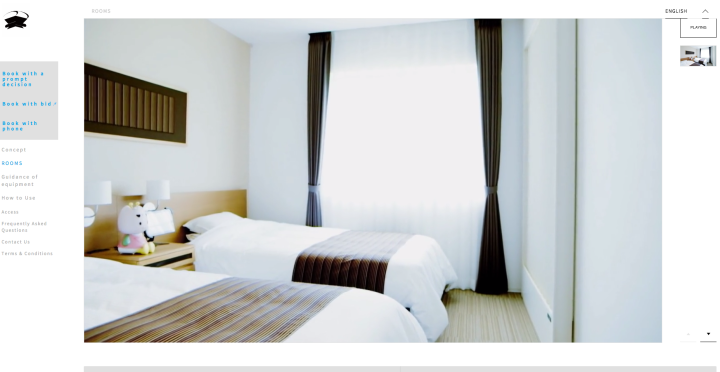
The hotel, which is in many ways the pinnacle of technological innovation and creativity, boasts a wide range of features that place it head and shoulders above the more traditional hotel rooms currently available to weary travelers. In addition to the dinosaur/female robot receptionist, the hotel also employs a robotic porter, which guests program with their room number in order to have their bags delivered (no tips needed, please). Then there’s also the tulip-shaped concierge robot, Tuly, found in every room, which replaces antiquated devices like light switches or clocks. Instead, to adjust the brightness of your room or to tell time or the weather outside, guests simply ask Tuly, who is more than happy to be of assistance. And as for thermostats, you won’t find any of those in Henn-na Hotel. Rather, sensor panels detect your body heat, and adjust the temperature accordingly.
But that’s not all, of course. Instead of keys, rooms are opened by way of facial recognition, the same technology that is used upon arrival and check-in. And as for storing large pieces of luggage and other valuables that you don’t want lying around your stateroom, there’s a robot cloak room, fully staffed by a giant robotic arm that receives guests’ belongings and stores them in individual lockers.
If the enterprise proves successful, Sawada wants robot hotels to become a fixture in the hospitality industry. As he told Japan’s Nikkei News, “In the future, we’re hoping to build 1,000 similar hotels around the world.” While much of the world outside of Japan seems fascinated by the concept, locals have given the high-tech hotel a slightly chillier reception — the nation, known for its creative prowess, is no stranger to these sorts of projects. At least, when the hotel opened on Friday, there weren’t exactly lines out the door of people just itching to land a stay.
But who knows — maybe in a few years, the Henn-na Hotel will be the norm, and nothing about it will seem weird at all.


